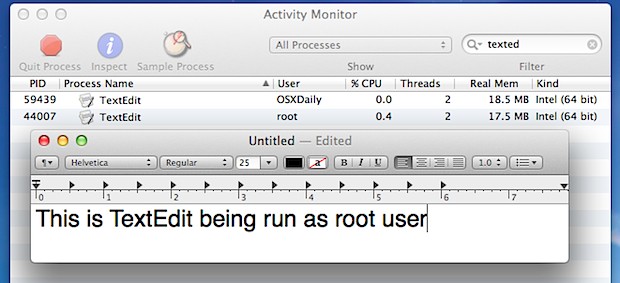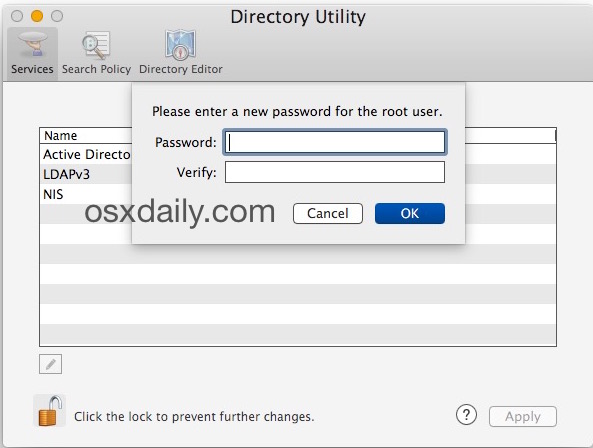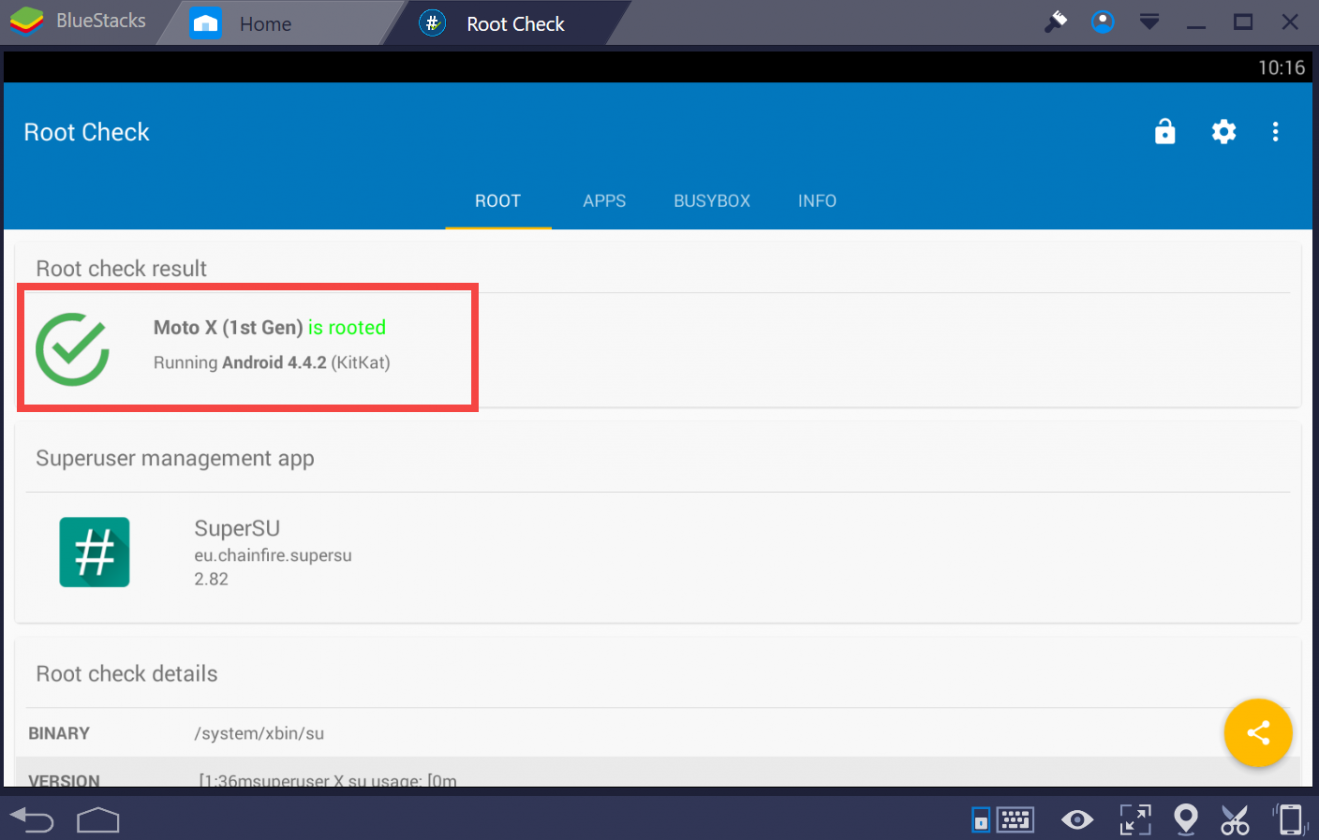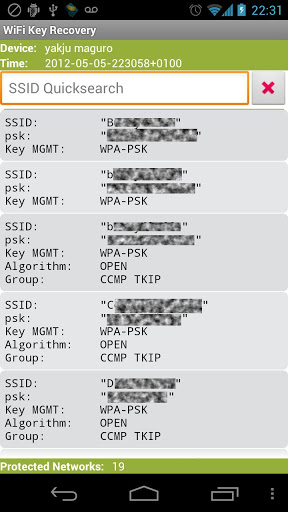Download and install OneClickRoot on your Mac computer by clicking the icon above. Launch the software and connect your Android device to computer with the USB cable. Haven't been able to find any root method that will work on a Mac. Tried Heimdall but it doesn't work with recent devices, tried actually downloading and installing Windows in Virtualbox but Windows and driver issues are a nightmare. Hoping someone out there can come through with a root method that will work on Mac.
It is easy to tell square root of 9 is equal to 3. However, typing this in a readable format is not simple. You can use equation editor in Microsoft Office or use dedicated applications like LaTex. Unfortunately, using equation editor in Word or Excel is difficult task as the content will not align with other text content on your document. Also, for the use of few times you don’t need equation editor. When you want to type square root, cube root and fourth root symbols on your documents then the easy way is to use alt code shortcuts.
Alt Code Shortcut for Square Root Symbol
Square root or principal square root symbol √ does not have 2 on theroot. When A2=B then A is the square root of B indicated as √B = A. Forexample, √4 = 2. Here are the shortcuts for square root in Windows and Maccomputers.
Alt Code Shortcut for Cube Root Symbol
When A3 = B then A is the cube root of B indicated as ∛B = A. For example, ∛8 = 2.
Alt Code Shortcuts for Fourth Root Symbol
When A4 = B then A is the fourth root of B indicated as ∜B = A. For example, ∜16 = 2.
Typing Square Root, Cube Root and Fourth Root in Windows
Follow one ofthe methods in Windows based documents like Word, PowerPoint, Excel andOutlook.
- Press the alt key and type 8730 using numeric keypad to make square root √ symbol.
- Only on Microsoft Word documents, type 221B and press alt and x keys to make cube root symbol ∛.
- Press “Win + ;” keys to open Windows emoji keyboard. Click on the “Symbols” icon and then “Math” symbols. Search and insert square root and other high-order root symbols.
- When you are in Office application like Word, go to “Insert > Symbols” and insert root symbols.
- Enable Math AutoCorrect function to type with keyboard shortcuts like below:
Inserting on Mac Documents
- On MacBook, change the keyboard layout to Unicode Hex Input. Hold the option or alt key and type 221C to produce fourth root symbol ∜.
- Open Character Viewer by pressing “Control + Command + Space”. Either go to “Math Symbols” or search for “root” using the search box. Find the square, cube or fourth root symbols to insert on Pages, Keynote and Numbers.
Symbol Display
As you can see the root symbols will not have the top horizontal line when typing with shortcuts. However, on Mac, you can select the font variations from Character Viewer that includes the top bar in the root symbols.


∛
Other Names for Root Symbols
In mathematics, square root and other root symbols are referred with the below names.

- Radicalsymbol
- Radicalsign
- Rootsymbol
- Radix
- Surd
Arabic Cube and Fourth Root Symbols
The Unicode systemhas two more root symbols in Arabic as listed below.
Developer Lem Ergin has discovered a serious bug in macOS High Sierra that allows anyone log into an admin account using the username “root” with no password. As per reports, it works when anyone attempts to access an administrator’s account on an unlocked Mac. Besides, it also allows access to the login screen of a locked Mac.
Update: Apple has released Security Update 2017-001 to fix the bug that enables access to the root superuser account with a blank password on any Mac running macOS High Sierra 10.13.1.
Apple is already aware of this bug and has issued a temporary solution to the problem.
“We are working on a software update to address this issue. In the meantime, setting a root password prevents unauthorized access to your Mac.” – Apple
How to Enable Root User on Your Mac Running macOS High Sierra
Step #1. First off, you need to click on Apple menu at top left of the screen and then select System Preferences.
Step #2. Click on Users and Groups.
Step #3. Next, click on the Lock icon.
Then, you have to enter your admin Password and click on Unlock.
Step #4. Next up, click on Login Options. Then, click on Join or Edit.
Step #5. Click on Open Directory Utility.

Now, you have to click on the Lock icon.
Next, enter your Password again and click on Modify configuration.
Step #6. Click on Edit in the menubar and then click on “Enable Root User.”
Step #7. Finally, you need to enter and confirm your Root User Password. Ensure that password is strong.
You can also use the command line to create your Root User Password quickly.
How to Create Root User Password on Mac using Terminal

Step #1. Launch Terminal. (Simply open Spotlight Search → Type Terminal → Open it)
Kingo Root For Mac
Step #2. Now, you need to type: sudo passwd -u root
Step #3. Now enter the Mac System password.
Step #4. Now, you need to enter and confirm your Root User Password.
Make sure not to disable the Root User as it will blank the password and let the bug work again.
That’s it!
Wrapping up:
Apple will soon release a permanent fix for this bug. In the meantime, use this solution to shield your Mac.
Have any feedback? Shoot it in the comments below.
You may want to read these posts as well:
Jignesh Padhiyar is the co-founder of iGeeksBlog.com who has a keen eye for news, rumors and all the unusual stuff that happens around Apple products. During his tight schedule, Jignesh finds some moments of respite to share side-splitting contents on social media.
Man Root Extract
- https://www.igeeksblog.com/author/iosblogger/
- https://www.igeeksblog.com/author/iosblogger/How to Share Purchased Apps Between iPhones and iPads
- https://www.igeeksblog.com/author/iosblogger/
- https://www.igeeksblog.com/author/iosblogger/
